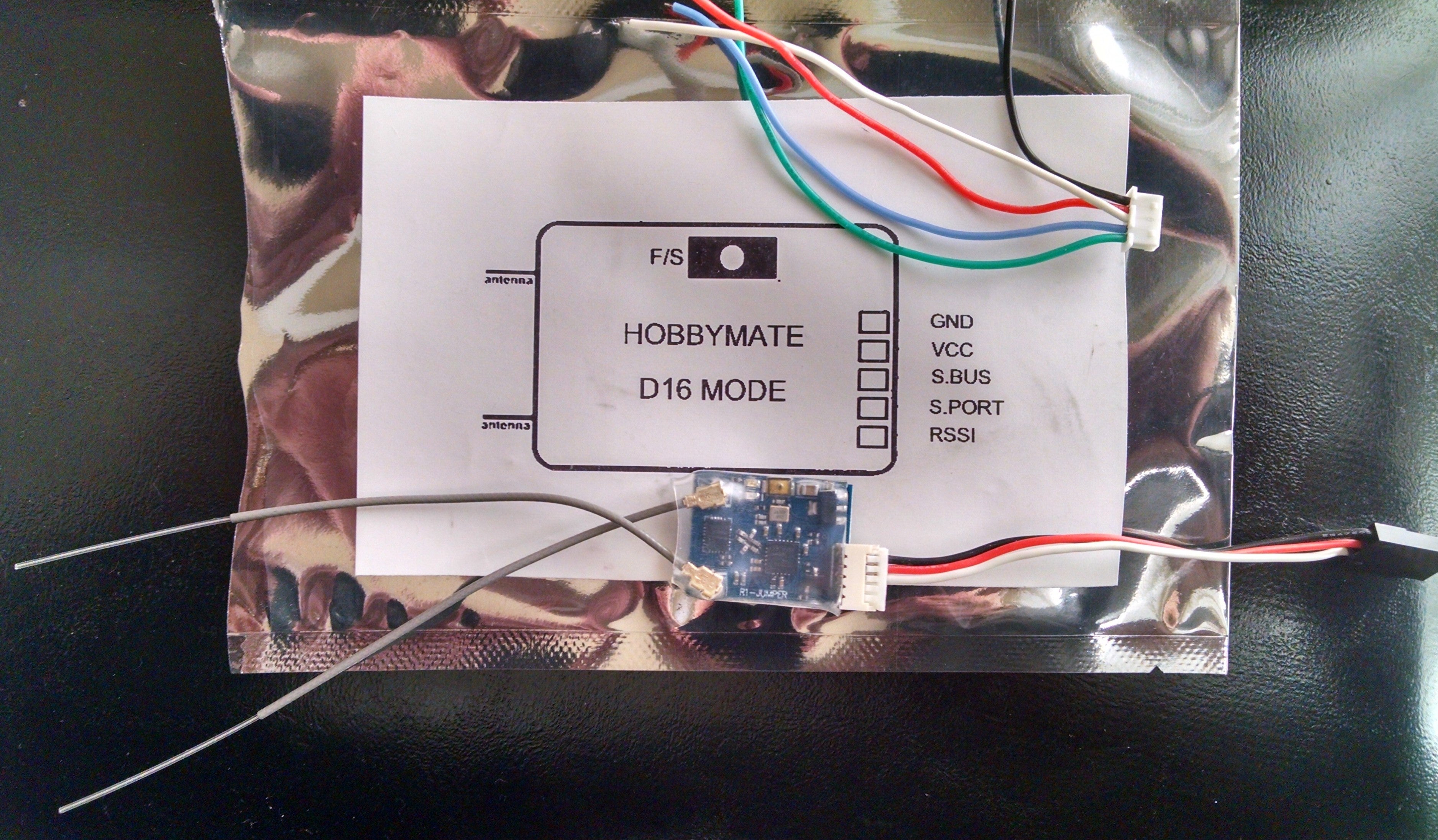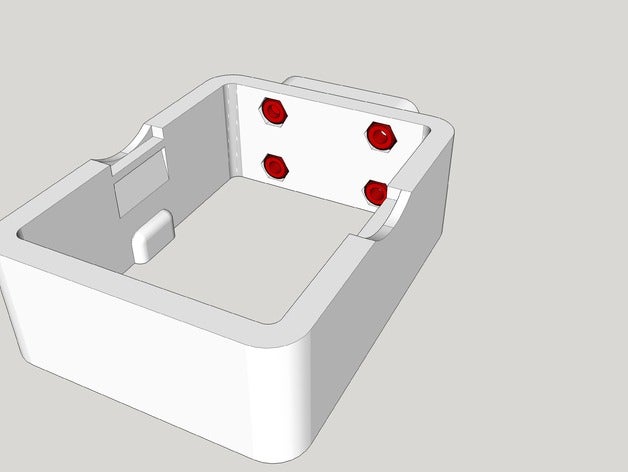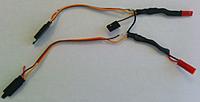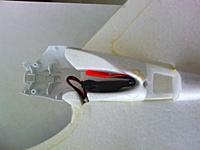Comments (8)
Add Comment
-
 Views: 232
Views: 232
Bay will accept standard JR modules, with a cable from the module to the trainer port. -
 Views: 269
Views: 269
Only 1 plug and a short lead is used, not a complete trainer cable. -
 Views: 291
Views: 291
Header pins added in top left corner for firmware updates. Lower right corner shows the connection labels. -
 Views: 243
Views: 243
-
 Views: 373
Views: 373
DSMX-compatible remote receiver is used as the primary receiver. This version of the CC3D flight controller is called the EVO and it has 2 ports for directly connecting 2 remote receivers with the correct 3V power connection built in. UBEC also shown. -
 Views: 390
Views: 390
Cased controller mounted on 2 plastic cards screwed in place where the original brick was mounted. -
 Views: 380
Views: 380
The RX was mounted inside the fuselage forward of the CC3D. -
 Views: 361
Views: 361
A small bit of foam was removed to allow a USB mini cord connection for programming changes. It does not need to remain in the plane for flight.





































